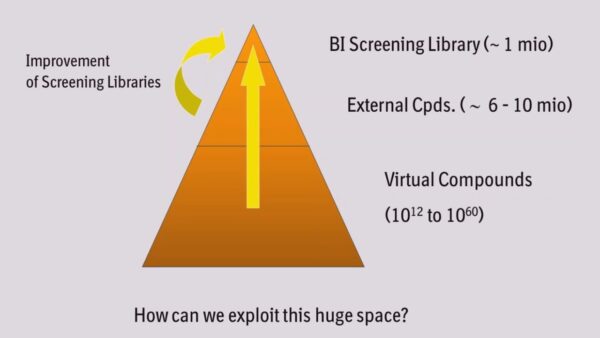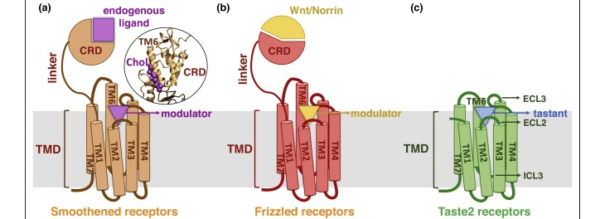As humanity seeks to unlock the secrets of longevity and maintain a youthful appearance, the concept of an Anti-Aging Library has gained significant attention. This article sheds light on the fascinating world of anti-aging research and explores the components that make up an Anti-Aging Library. From compounds targeting cellular aging to interventions enhancing overall health, this library holds great promise in our quest to age gracefully.
Aging is a multifaceted process influenced by various genetic, environmental, and lifestyle factors. It involves the progressive decline of cellular and physiological functions, leading to increased susceptibility to age-related diseases. The Anti-Aging Library comprehensively addresses different aspects of the aging process by targeting key molecular pathways, cellular processes, and systems associated with aging and age-related conditions.
Components of the Anti-Aging Library:
Senolytics:
Senescence, the state of irreversible growth arrest, contributes to aging and age-related diseases. Senolytics are compounds designed to selectively eliminate senescent cells, thereby promoting tissue rejuvenation and delaying the onset of age-related disorders. The Anti-Aging Library embraces a wide range of senolytic agents with diverse mechanisms of action as potential interventions against aging.
Anti-Inflammatory Compounds:
Chronic inflammation is a hallmark of aging and plays a significant role in various age-related diseases, including cardiovascular conditions, neurodegenerative disorders, and osteoporosis. The Anti-Aging Library includes anti-inflammatory compounds that target inflammatory pathways to mitigate the detrimental effects of chronic inflammation and support healthy aging.
Antioxidants:
Oxidative stress, resulting from an imbalance between reactive oxygen species (ROS) generation and the body’s antioxidant defense systems, contributes to cellular damage and aging. The Anti-Aging Library incorporates a variety of antioxidants, such as vitamins C and E, resveratrol, and coenzyme Q10, to counteract oxidative stress and preserve cellular health.
Caloric Restriction Mimetics:
Caloric restriction without malnutrition has been shown to extend lifespan and improve healthspan in various organisms. Caloric restriction mimetics are compounds that mimic the beneficial effects of reducing caloric intake. The Anti-Aging Library includes compounds, such as resveratrol and metformin, that activate pathways involved in energy metabolism, stress resistance, and longevity.
Telomerase Activators:
Telomeres, the protective caps at the ends of chromosomes, shorten with each cell division and contribute to cellular aging. Telomerase activators aim to maintain telomere length and slow down the cellular aging process. Certain compounds in the Anti-Aging Library have demonstrated the ability to activate telomerase, potentially promoting cellular longevity.
Hormonal Modulators:
Age-related hormonal changes, such as declining levels of growth hormone, testosterone, and estrogen, contribute to the aging process. Hormonal modulators included in the Anti-Aging Library aim to restore hormonal balance, thereby optimizing physiological functions and supporting healthy aging.




